High cocaine levels present in Swiss water
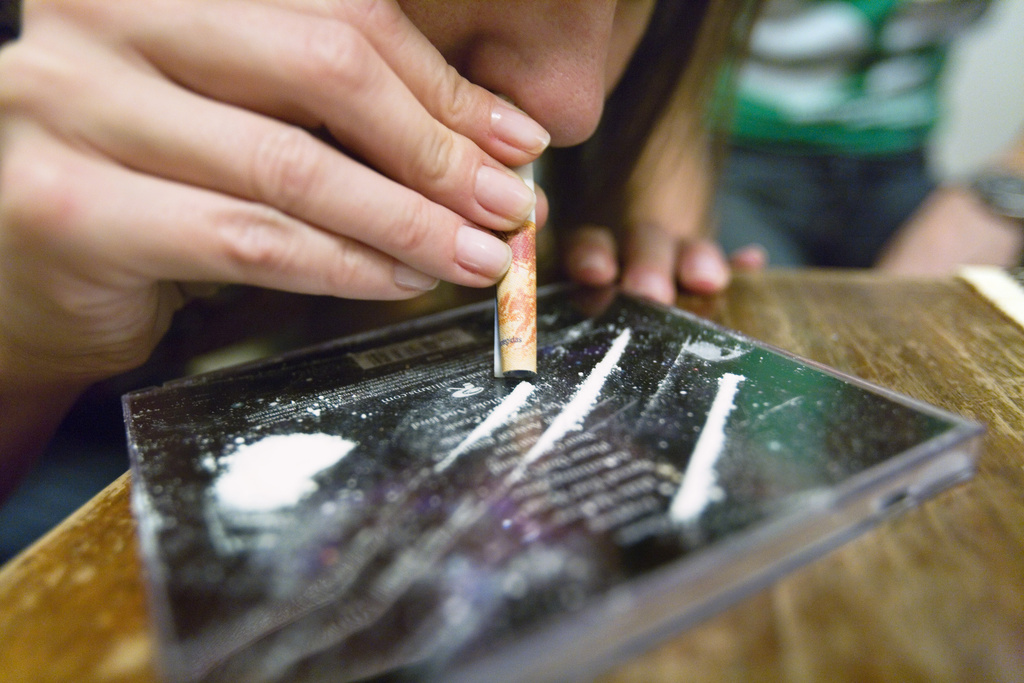
The waste water in Swiss towns contain surprisingly high traces of cocaine, according to a study by Bern University.
Until now, only rough estimates have been possible of how much cocaine is consumed in Switzerland, based mainly on police seizures and anonymous questionnaires.
According to those sources, cocaine consumption in Switzerland has increased exponentially over the past five years, with between 25,000 and 60,000 Swiss thought to take the drug every day.
Now a pilot project conducted last year by a chemistry student at Bern University has produced more reliable data. Christoph Mathieu decided to write his dissertation on an analysis of the waste water of several Swiss cities: Zurich, Geneva, Bern, Basel and Lucerne.
“The results of this study, which should be published by the end of the year, prove that the method of epidemiological screening works with great accuracy as far as the detection of cocaine is concerned,” said Rudolf Brenneisen, a professor of pharmacology at Bern University who supervised Mathieu.
Two measuring devices – one of them a highly sophisticated piece of equipment in the Bern cantonal laboratory for the protection of water and soil – were used to collect half-litre samples and to analyse their cocaine content.
The work was carried out with the engineers responsible for water purification at the selected waste water treatment stations.
“Astonished”
“Our instruments are extremely finely tuned, which enables us to detect substances at a scale of a billionth of a gram per litre,” Brenneisen said.
“The samples were first subjected to several filtering and extraction processes before they could be analysed by our equipment.”
Other countries, including Spain, Italy and Germany, have already carried out similar studies, but this is without doubt the most accurate to date.
Mathieu said he was astonished by the results and the quantity of cocaine found in the samples.
In fact, an unexpected problem made his job harder: finding a control sample completely free of any trace of cocaine.
Only the water from a small purification station near Lake Thun in canton Bern was free from the drug. Every other sample tested in the pilot study showed the presence of cocaine.
Hormonal substances
The analyses performed over 12 months indicated that the equivalent of three per cent of the population of Bern – which has around 140,000 inhabitants – aged 16-64 snorted one line of coke (about 0.1g) a day.
Reflecting cocaine’s reputation as a recreational drug, consumption shot up at weekends or during big events such as festivals.
The quantity of benzoylecgonine detected – the main form in which cocaine is eliminated from the body in urine – peaked during the Zurich Street Parade in August, at three micrograms per litre of water.
Rudolf Brenneisen is not stopping here. He is expanding the study to include other toxic products found in waste water.
The scientists have started the hunt for around 20 other substances, including morphine and amphetamines, which along with various hormonal substances detected by other university laboratories are of particular concern to Brenneisen.
Tap water
“You find them in high concentrations in sun protection products, which are used by very many people. Yet we still don’t know what effects the presence of the substances in the water will have on humans and the environment in the long term,” he said.
Once filtered, even by the most effective purification stations in the country, the water will return to the ground water or lakes.
“Ultimately the water will be consumed again by people, mainly as part of the food chain [in fish].”
In other words, the traditional analyses of bacteria and chemical waste conducted by cantonal laboratories have only uncovered the tip of the iceberg regarding the quality of Swiss water.
It’s an open question whether these tests are sufficient to reveal the hidden ingredients of Swiss tap water.
Nicole della Pietra, swissinfo.ch (Translated from French by Thomas Stephens)
The consumption of cocaine in Switzerland has increased exponentially over the past five years. Between 25,000 and 60,000 Swiss are estimated to take cocaine every day.
Supply struggles to keep up with demand. Dealers are increasingly mixing cocaine with other substances, such as sugar or other pharmaceutical products, and what people buy can sometimes only be 20% cocaine, according to cantonal police officers.
The cocaine is produced in Latin America and arrives in Europe via West Africa.
Dealers on the streets of Zurich, Bern, Geneva or Lugano are generally African; their customers are generally Swiss.
One line of cocaine (0.1g) starts at SFr11-13 ($10.50-12.50).
In 2006 tests by a German laboratory in the exclusive Swiss ski resort of St Moritz found “up to 1,400 lines of cocaine were consumed there a day” – a figure that made several headlines. The samples were taken on December 29 and 30.
The previous year, tests on water from the River Po in northern Italy revealed high levels of the drug – the equivalent of 40,000 doses a day – which suggested regular use by some of the local population.
Cocaine has a high potential for causing addiction.
Consumption of cocaine can in the short-term trigger hallucinations.
Long-term consumption can increase the risk of longer-lasting psychotic conditions.
Consumption can lead to overestimation of one’s own capabilities.

In compliance with the JTI standards
More: SWI swissinfo.ch certified by the Journalism Trust Initiative


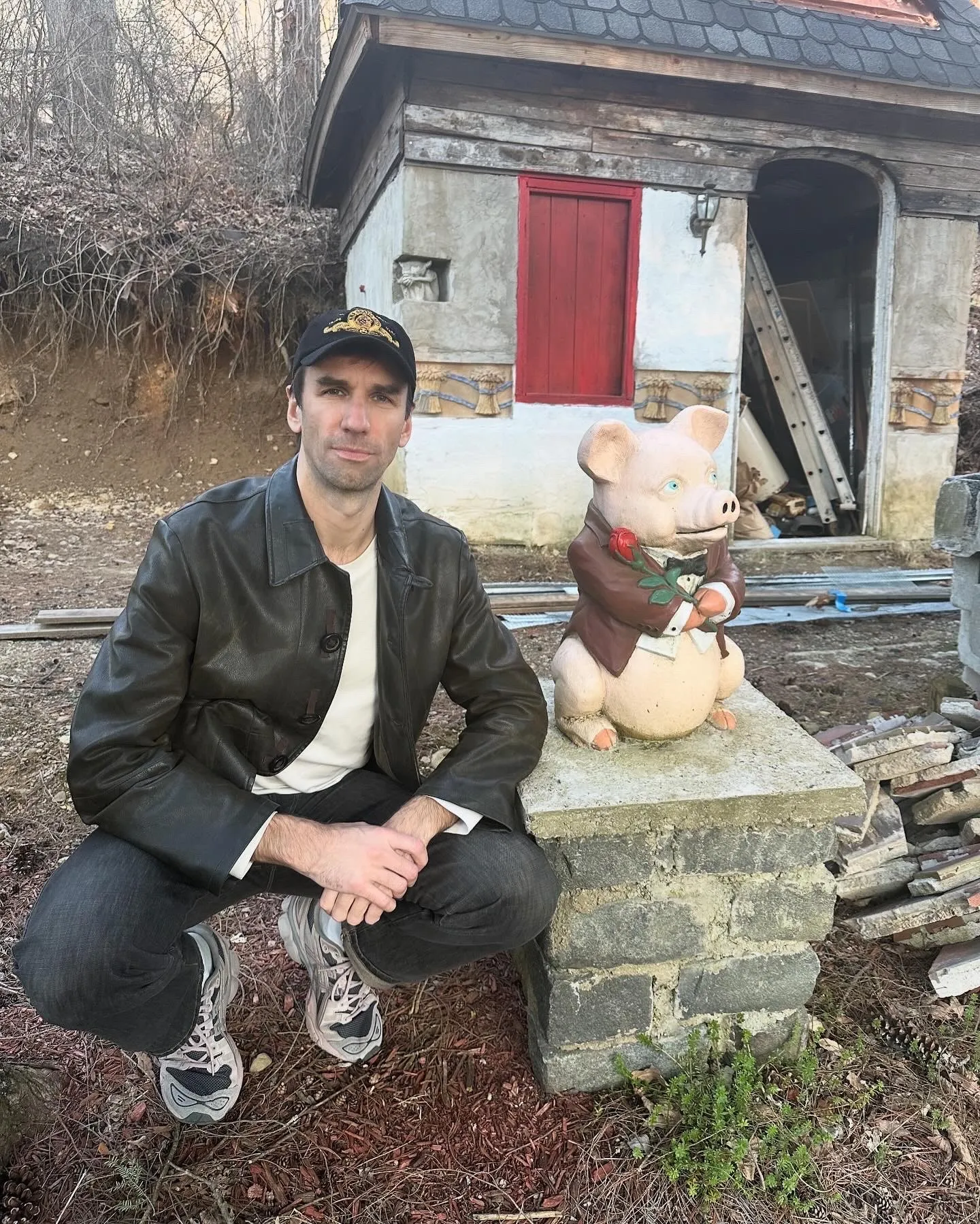


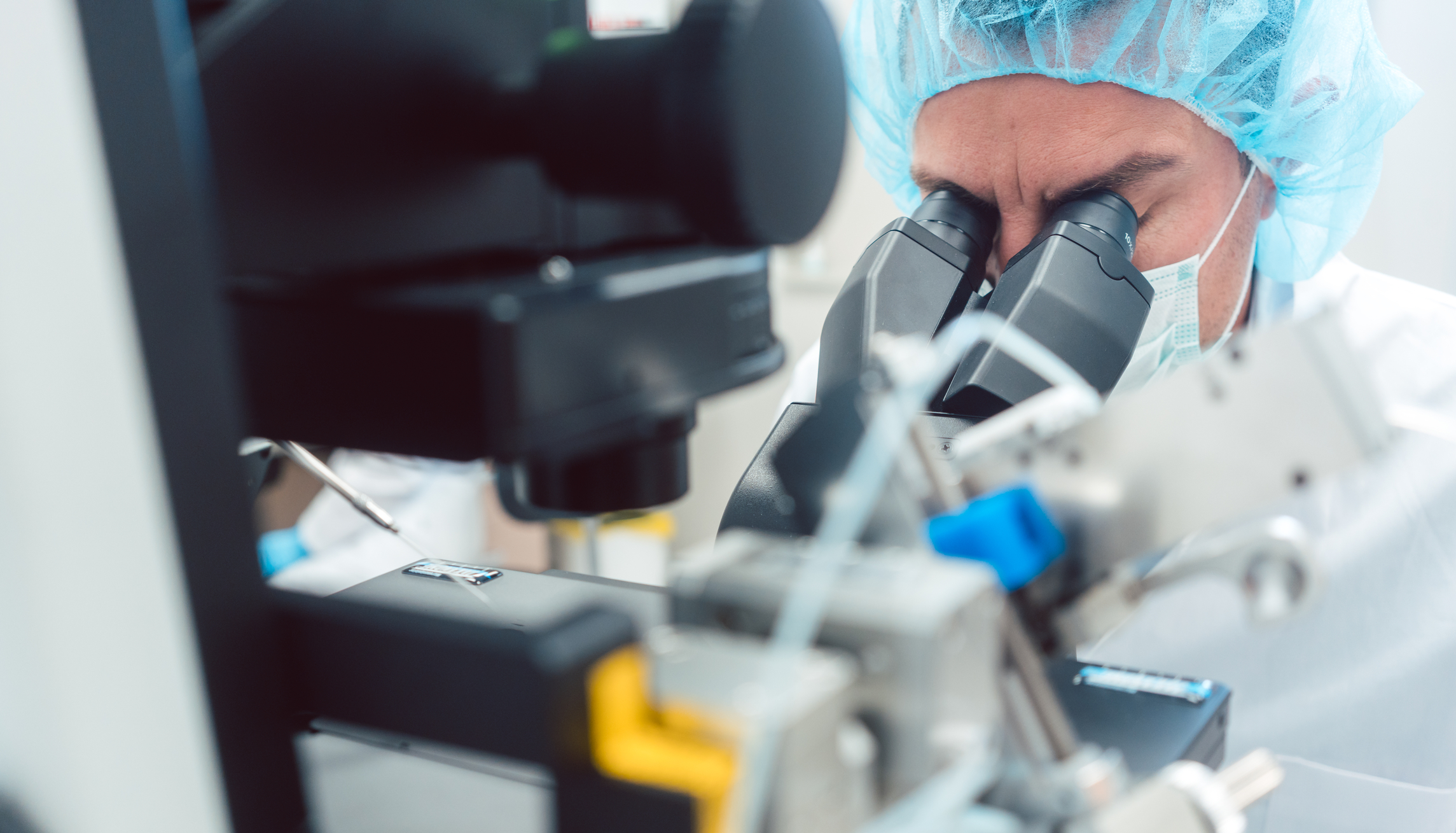



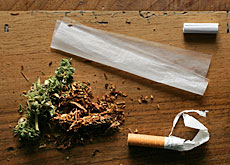
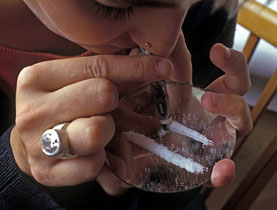
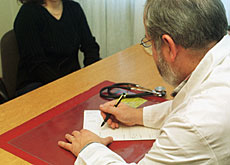

You can find an overview of ongoing debates with our journalists here . Please join us!
If you want to start a conversation about a topic raised in this article or want to report factual errors, email us at english@swissinfo.ch.